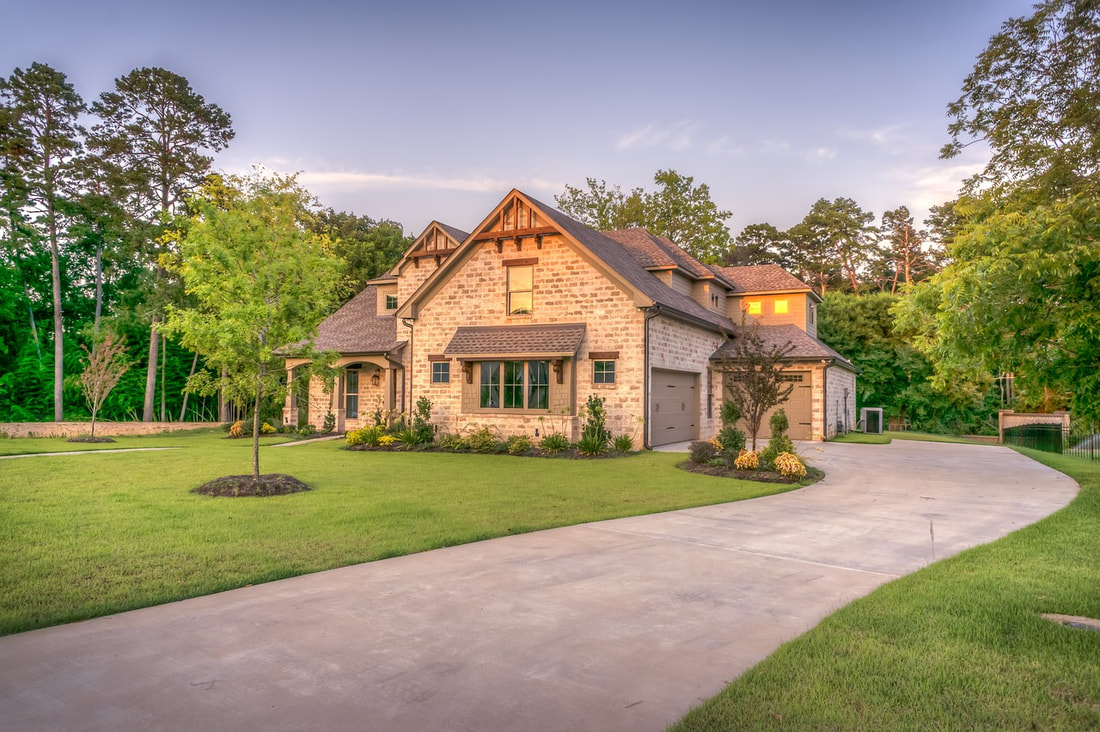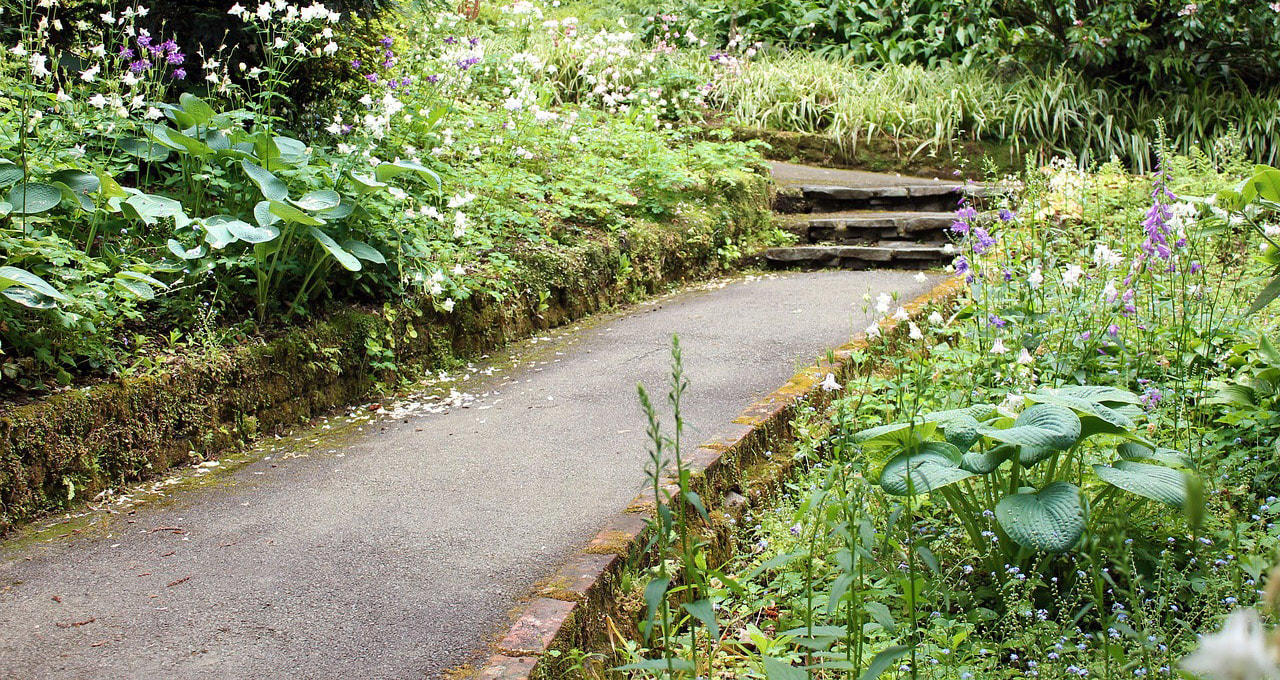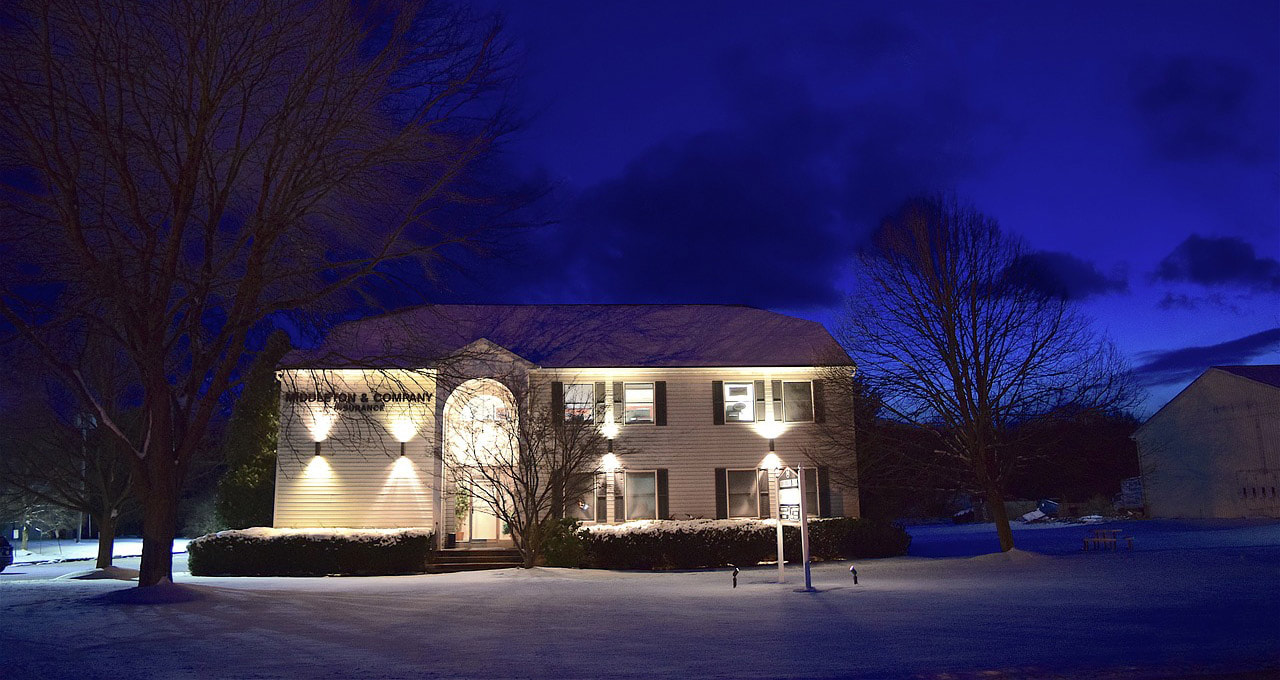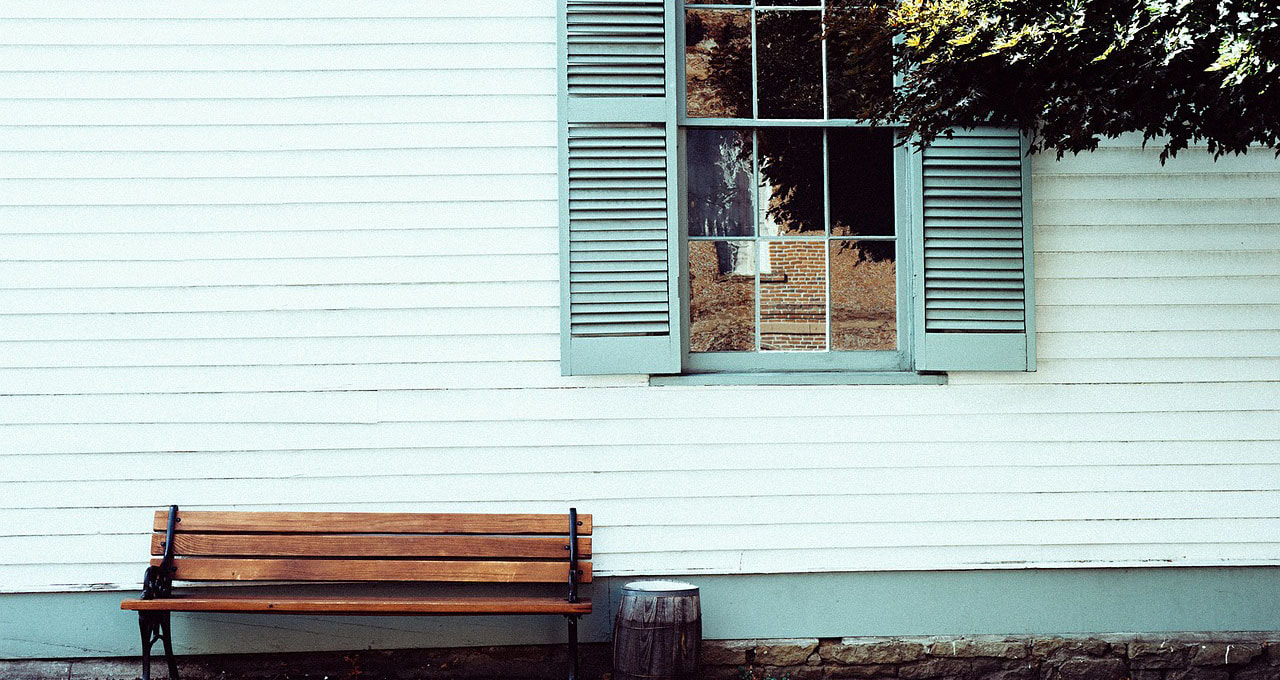|
By Anna Hazard
Introduction
While it usually does not get as much focus as retrofitting the inside of a household for aging in place, maintaining the exterior of a home can be particularly burdensome to the point that many seniors move to living arrangements that do not require outside maintenance (such as apartments or condominiums), have smaller grounds for easier upkeep, or make arrangements for others to maintain the home exterior (such as hiring people to mow the lawn or shovel snow).
In general, more falls occur outdoors than indoors across all age groups and in particular, nearly 2/3rds of all outdoor falls for seniors occur due to controllable environmental factors such as uneven surfaces, tripping hazards, and poorly maintained walkways. To safely age-in-place within a home that comes with its own grounds will require proper preparations in advance.
|
AboutNews updates, tips, and guides on senior care, senior health, stress relief and a host of other caregiving related topics from the professionals at Ella Stewart Care. |






 RSS Feed
RSS Feed
